Search

Drought and Heat Effects on Corn Production
Nearly every season in South Dakota there are periods of hot, dry weather in at least parts of the state. While we have no control over the weather, producers can prepare for drought stress by using proactive practices.

Slugs: The Slimy Defoliators
Have you noticed defoliation in your garden accompanied by distinct trails on plant leaves? The culprit could be slugs, a common pest that can be found during during cool, wet weather and in certain garden micro-climates.
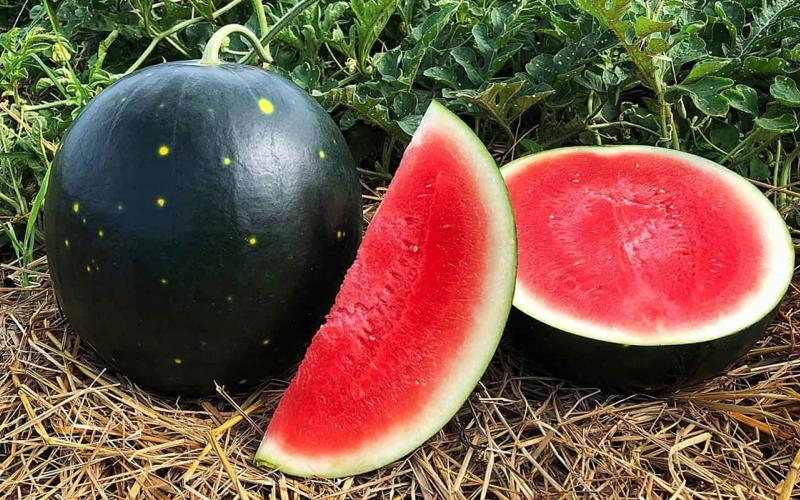
Melons: How to Grow It
Melons can take quite a bit of garden space throughout the summer, but they reward gardeners with sweet, juicy flavor! Learn how to select, plant and grow them today!
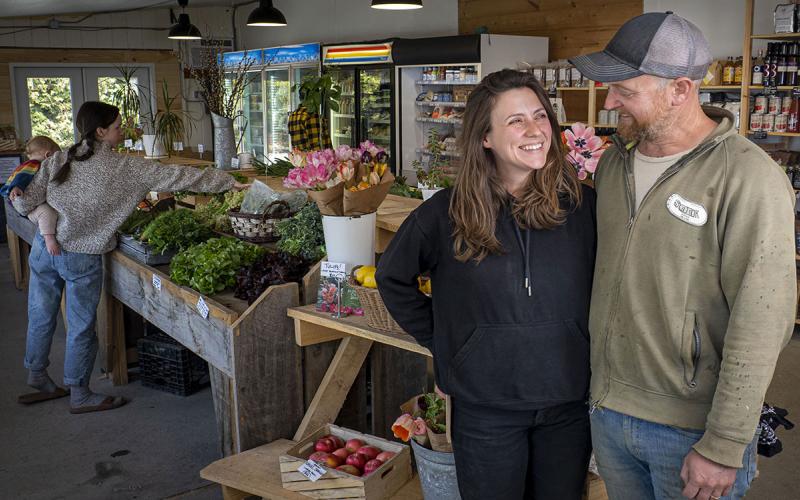
Resources to Stay Safe on Specialty Crop Farms
When was the last time you’ve thought about safety on your farm? View a collection of science-based safety resources for small and medium-scale commercial specialty crop farms from the field to the market.

Ferns: A Classic Shade Garden Plant
When people think of a natural, shady area in the woods, they probably expect to see ferns growing there. Ferns are commonly found where they get at least some sun during part of the day, or where they receive dappled sunlight most of the day.
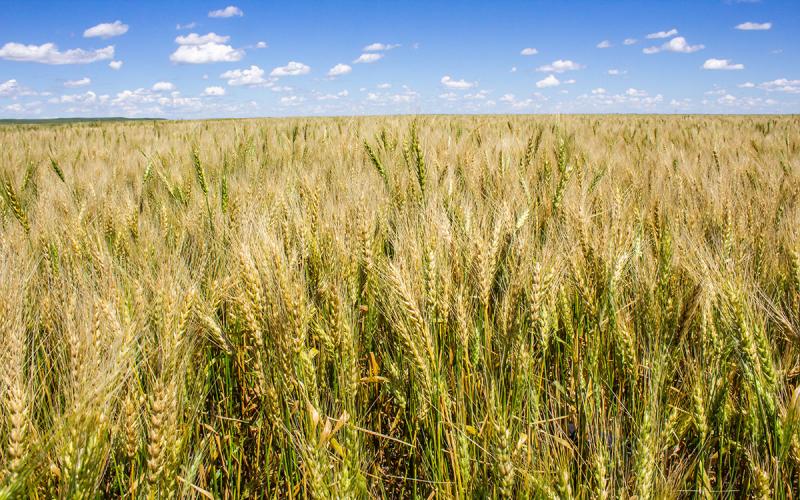
Winter Wheat and Nitrogen: Decisions for 2026 Growing Season
With fertilizer representing one of the largest variable costs in wheat production, inefficient nitrogen use can quickly erode profit margins. This being said, an emphasis should be placed on how to improve nutrient management during the 2026 growing season.
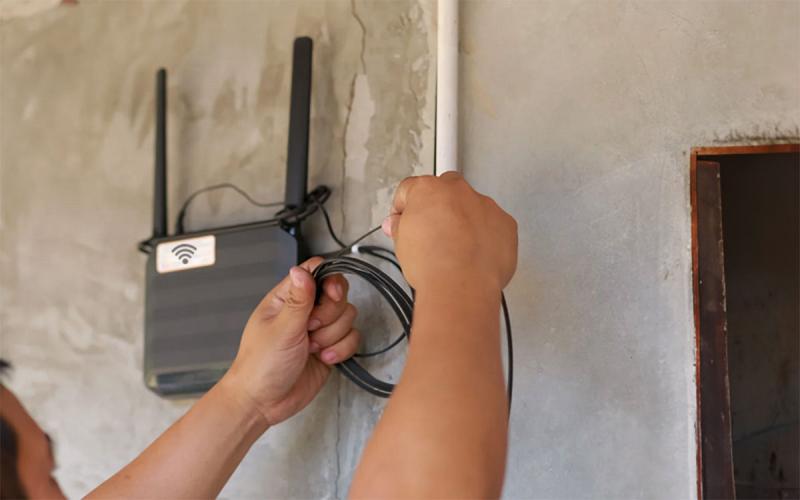
Choosing the Right Wireless Network Technologies for Agricultural Internet-Of-Things Applications
The Agricultural Internet-of-Things remotely connects various farm devices and equipment throughout an operation. This article takes a look at several prevalent wireless network technologies, focusing on their potential application scenarios in precision agriculture.
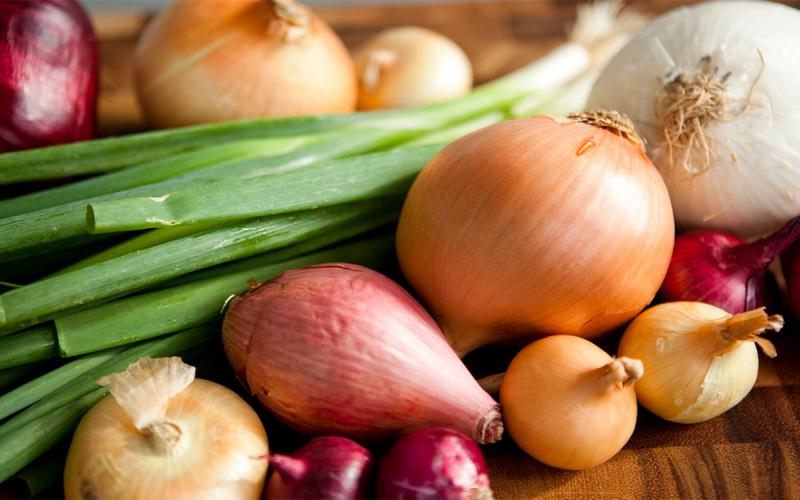
Onions: How to Grow It
Onions are a classic, flavorful addition to any home vegetable garden! Learn some expert tips for selecting, growing and harvesting onions in this resource.
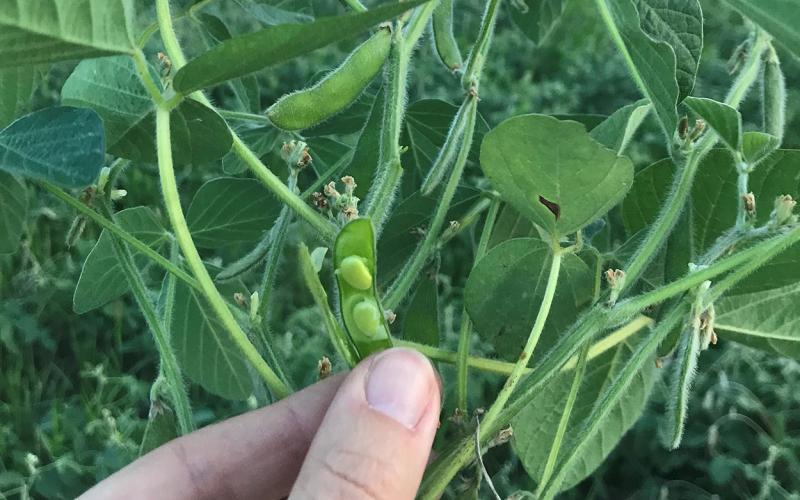
Salvaging Drought-Stressed Soybeans as Feed
One of the more popular questions we’ve been receiving lately involves using soybeans as forage. Although the soybeans planted for grain are not typically bred for forage use, we can salvage the crop for said forage if need be.
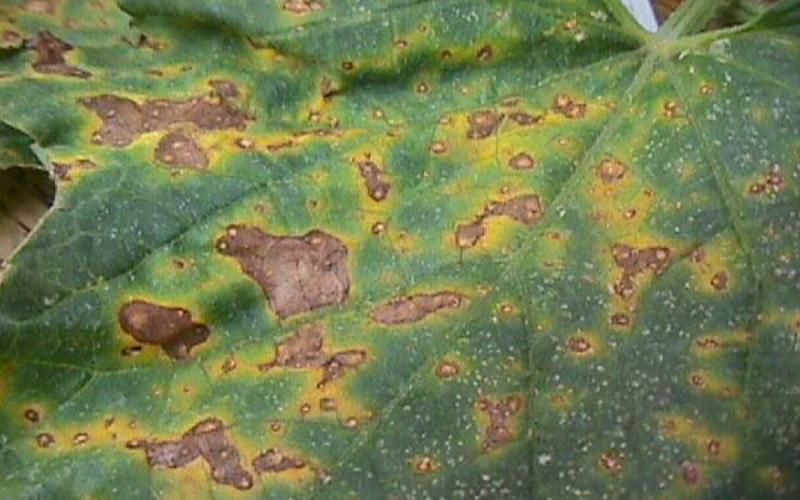
Cucurbit Diseases in South Dakota
Cucurbit crops grown in both the field and in high tunnels face disease pressure from many fungal and bacterial diseases. Learn how to identify and manage some of the most common ones.